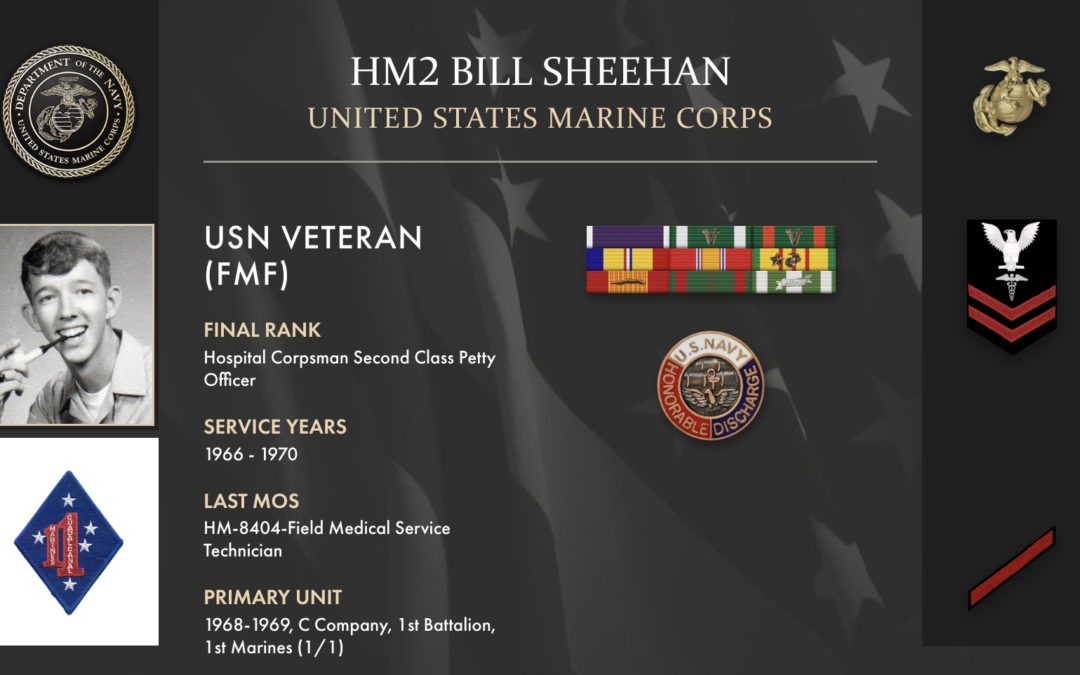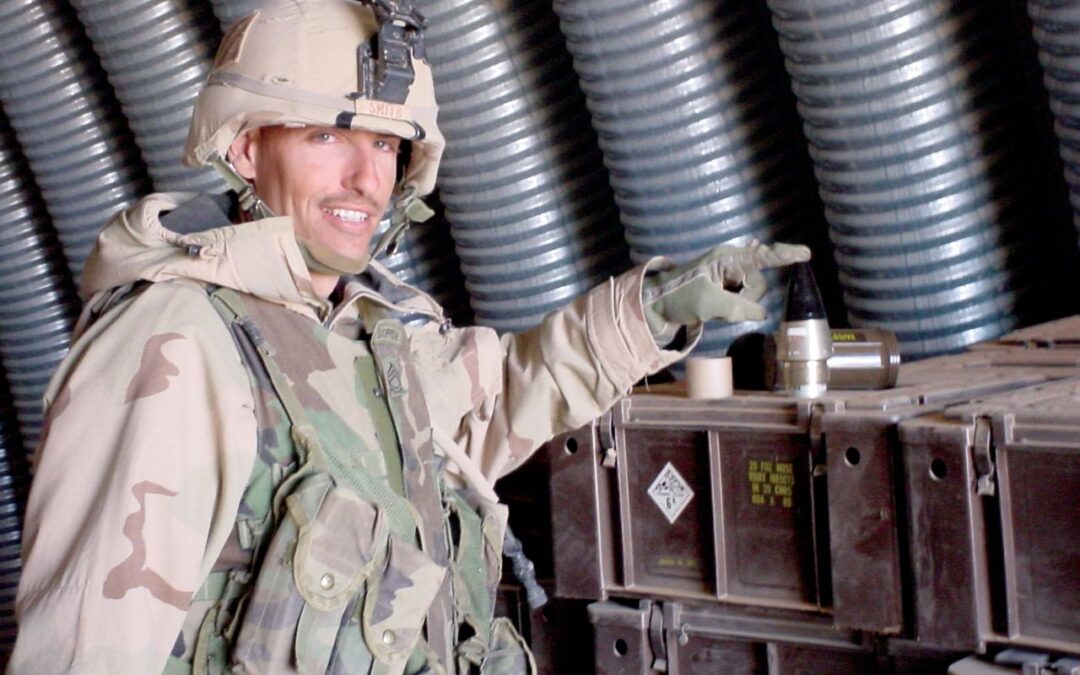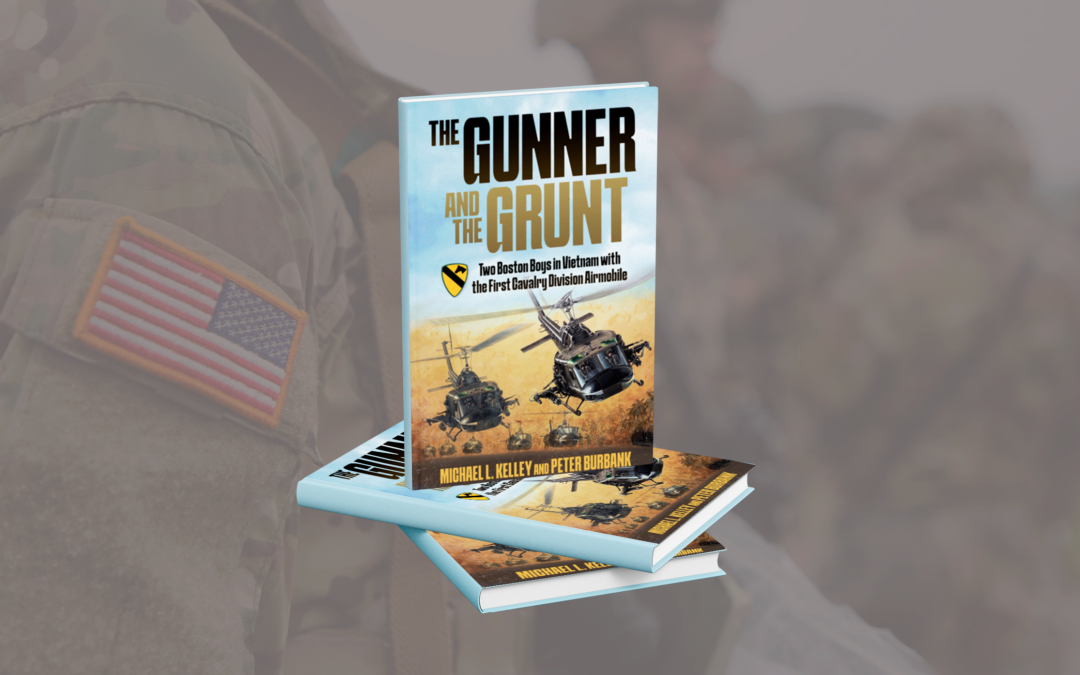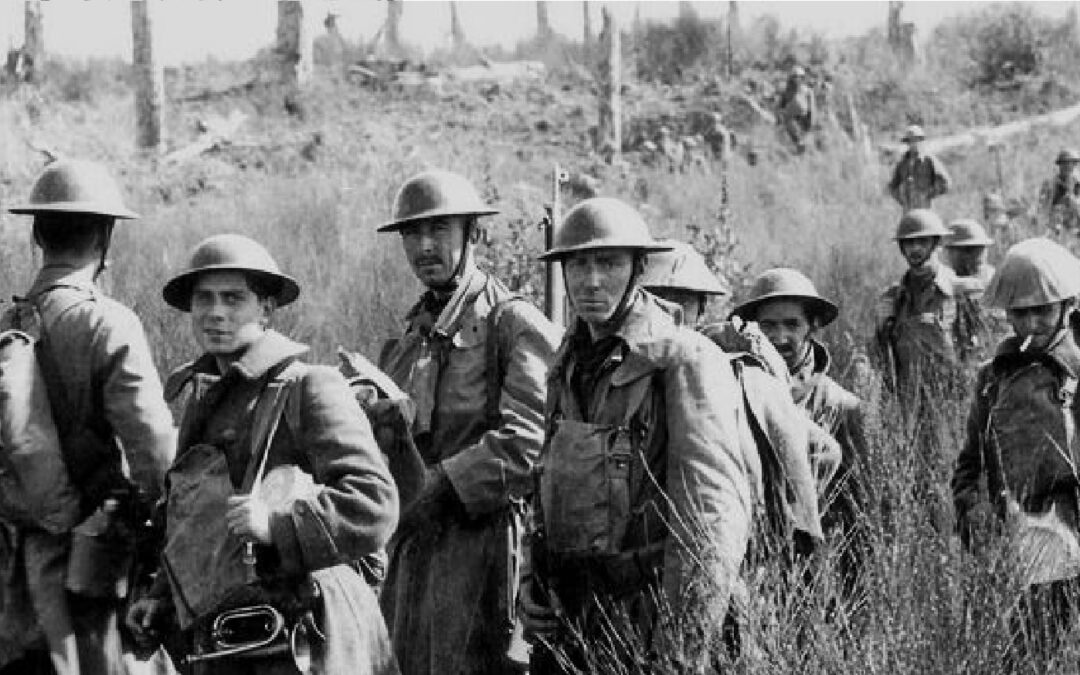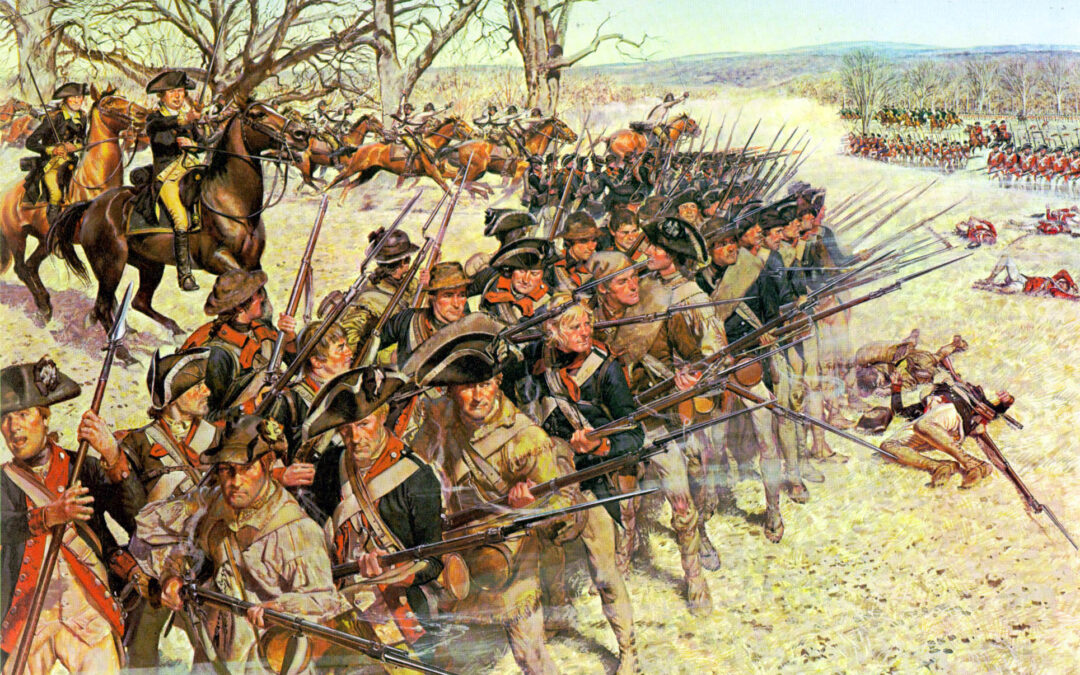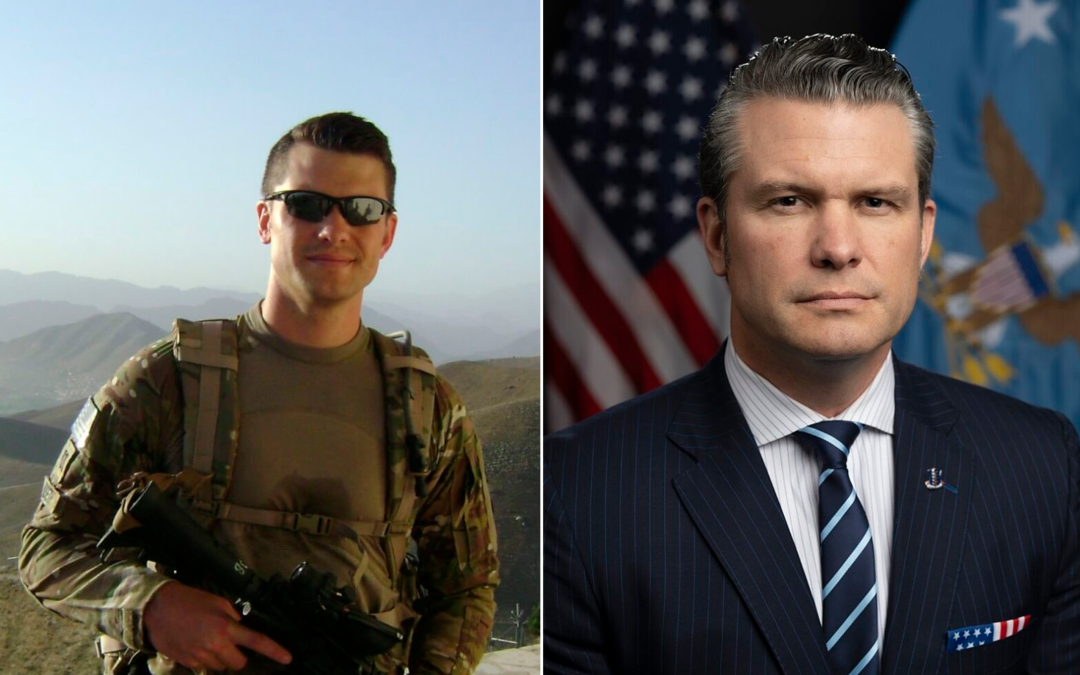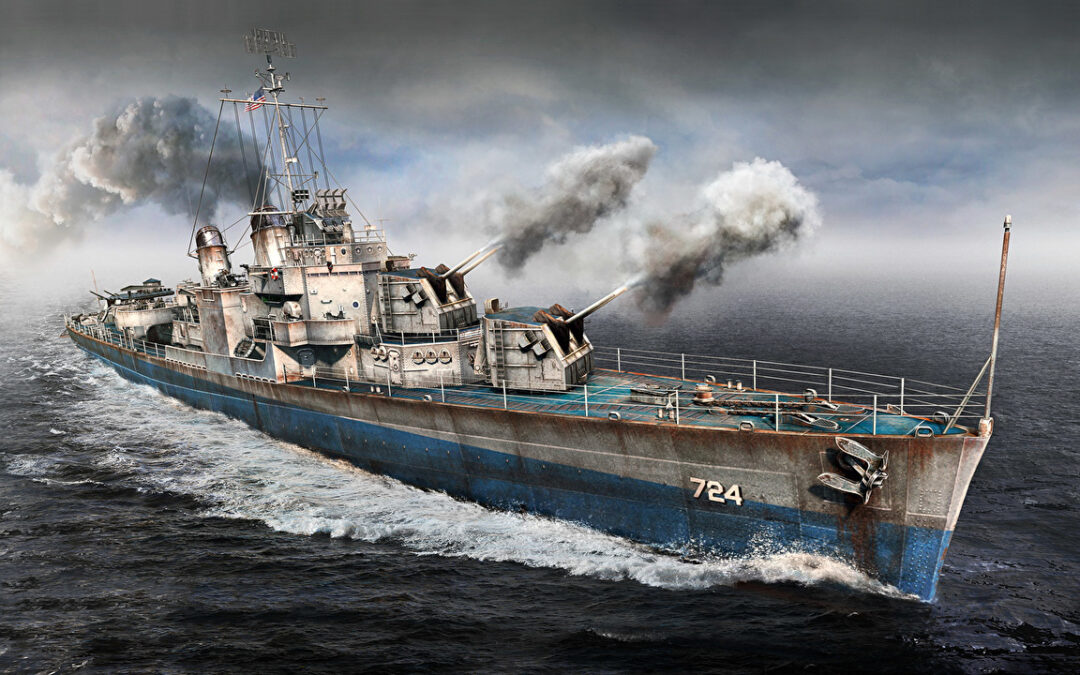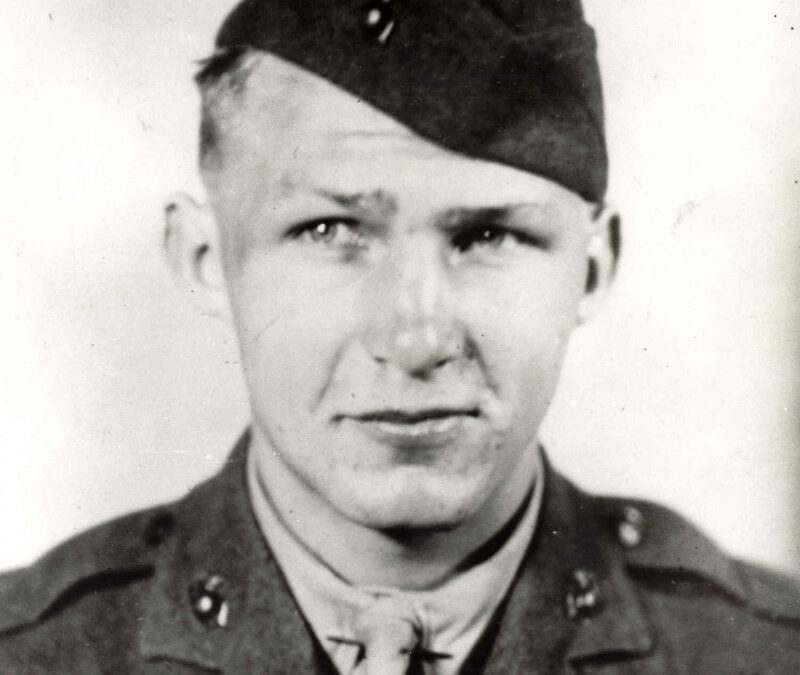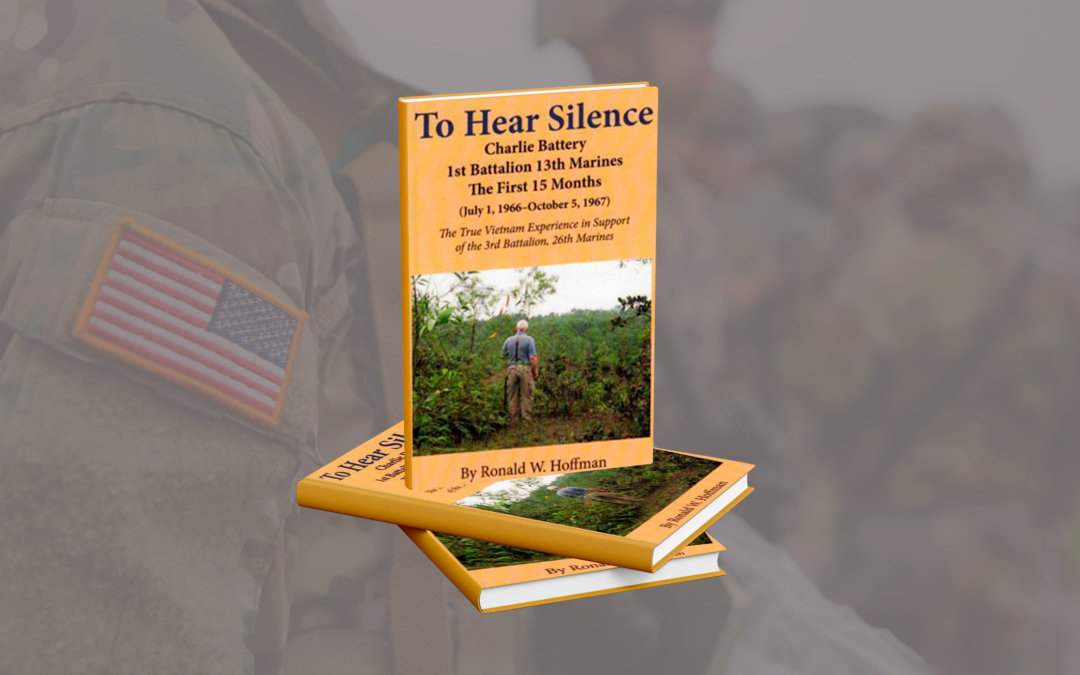Just a few days after graduating from high school, I left for college for the Summer Quarter at Ohio State. I wasn’t ready for college. I was only ranked 51 out of 99 in my high school class. I was in Pre-Med and took Biology, Chemistry, and Physics. I lasted three quarters and then flunked out. They called it Academic Dismissal. I knew I would be drafted since it was in 1966, and all healthy, able, non-students without wives and families were feeding the war machine in Vietnam.
